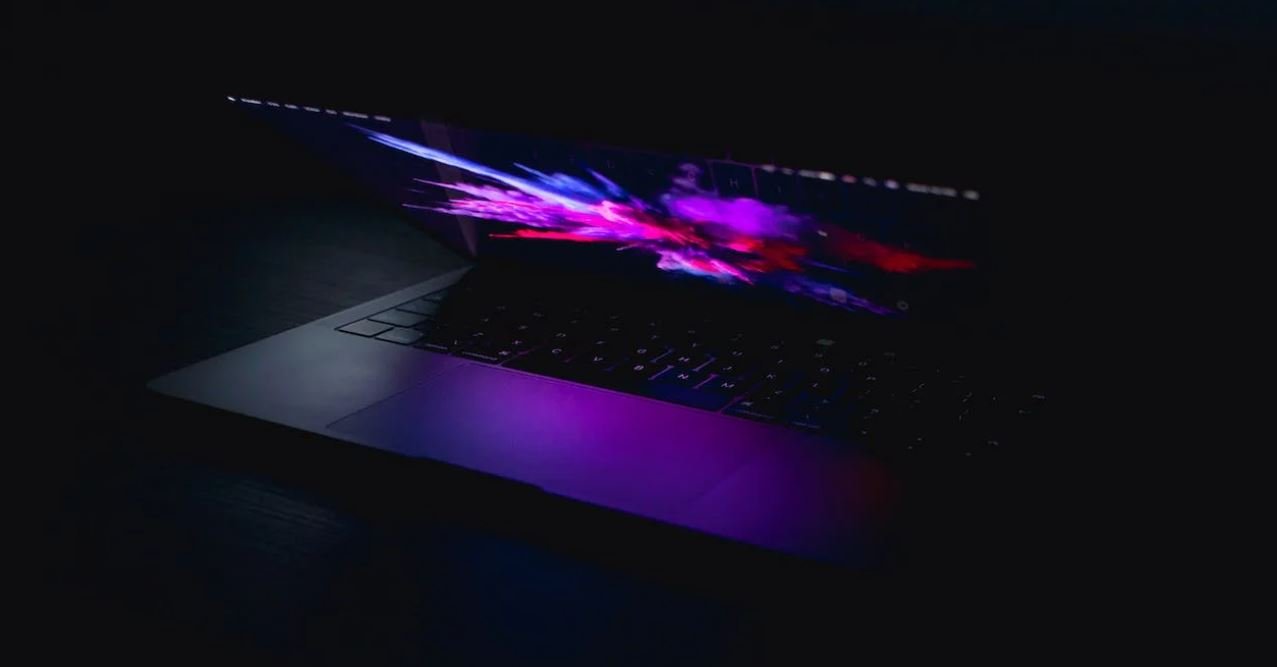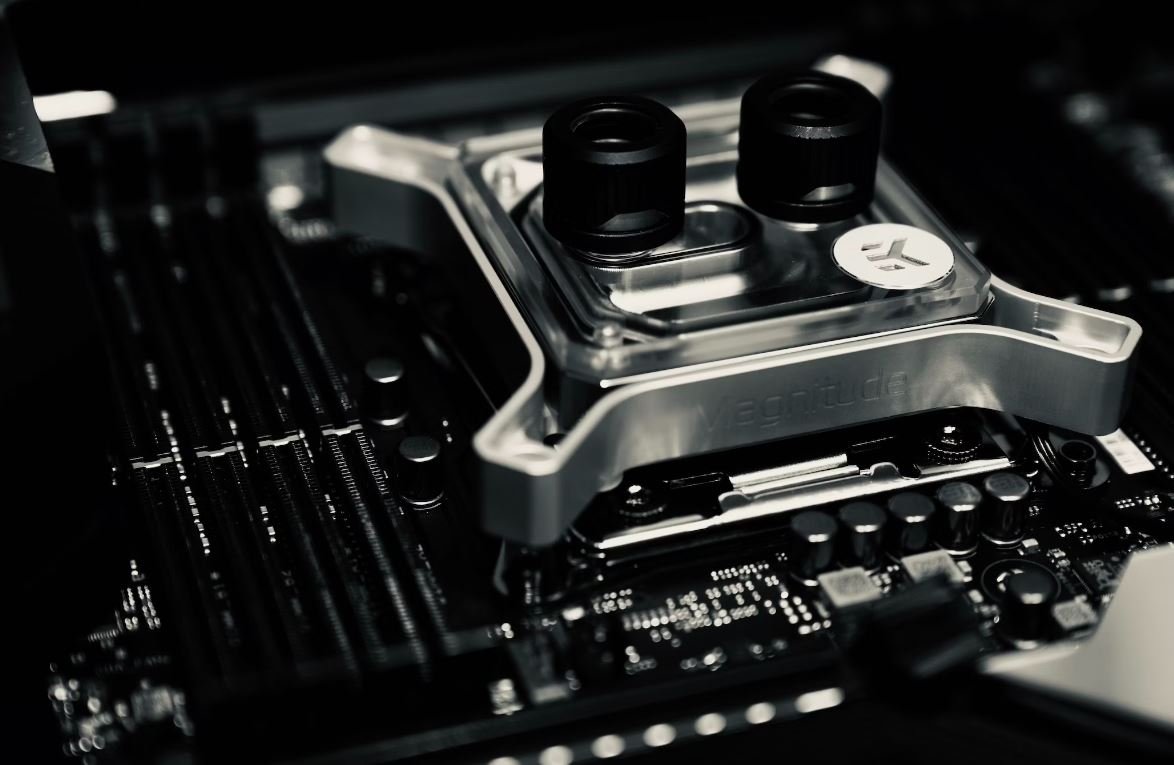Deepfake AI Voice
Deepfake AI voice technology has been rapidly advancing in recent years, raising concerns about the potential for misinformation and fraud. This technology utilizes artificial intelligence to generate realistic-sounding voices that can imitate anyone’s speech patterns and mannerisms. While it has exciting potential applications, such as in the entertainment industry and accessibility for individuals with speech impairments, it also carries significant ethical implications.
Key Takeaways:
- Deepfake AI voice technology can mimic anyone’s speech patterns and mannerisms.
- It has potential applications in entertainment and accessibility.
- However, it raises significant ethical concerns.
One of the primary uses of deepfake AI voice technology is in the creation of fake audio recordings or voiceovers. These synthesized voices, indistinguishable from the original speaker, can be used to manipulate information and deceive unsuspecting individuals. *This technology poses a threat to the credibility of audio evidence, and careful consideration must be taken to prevent its misuse.*
The process behind deepfake AI voice technology involves training a neural network using a large dataset of audio recordings from the target speaker. This dataset is used to teach the AI model the unique characteristics of the speaker’s voice, including nuances in pronunciation and vocal qualities. Once trained, the AI model can generate new audio clips that closely resemble the speaker’s voice prompts. *This synthesis process results in highly accurate and convincing imitations of a target speaker’s voice.*
Applications and Implications
Deepfake AI voice technology has both positive and negative implications for various industries and society as a whole. On the positive side, it has the potential to revolutionize the entertainment industry by enabling voice actors to seamlessly imitate historical figures or deceased celebrities. Moreover, individuals with speech impairments may benefit from this technology, allowing them to communicate more effectively by generating synthetic voices that match their desired preferences.
However, the unethical applications of deepfake AI voice technology are equally concerning. From spreading fake news and disinformation to impersonating individuals for malicious purposes, the misuse of this technology can have severe consequences. Society must address these risks and develop robust countermeasures and regulations to prevent its harmful effects.
Impact of Deepfake AI Voice
| Year | Number of Recorded Deepfake Voice Incidents |
|---|---|
| 2017 | 5 |
| 2018 | 36 |
| 2019 | 262 |
| 2020 | 619 |
Certain industries, such as call centers and customer service, could be particularly vulnerable to the misuse of deepfake AI voice technology. Fraudsters could use synthesized voices to deceive individuals over the phone, leading to financial losses and data breaches. *It is crucial for organizations to implement robust authentication methods to verify the authenticity of calls and protect consumers from fraudulent activities.*
Regulations and technologies are being developed to combat the dangerous implications of deepfake AI voice. For instance, industry collaborations are working on developing voice verification systems that can detect deepfake voices. Additionally, awareness campaigns and education initiatives aim to inform the public about the existence of this technology and the potential risks associated with it.
Ethical Considerations
As with any emerging technology, it is essential to consider the ethical ramifications of deepfake AI voice technology. Clear guidelines and regulations must be established to ensure the responsible use of this technology and to protect individuals’ rights. Additionally, public awareness and education are crucial in promoting digital literacy and critical thinking, enabling individuals to identify and mitigate the risks of deepfake AI voices.
Consumer Perception
| Perception | Percentage of Respondents |
|---|---|
| Concerned | 65% |
| Unaware | 20% |
| Neutral | 10% |
| Fascinated | 5% |
Consumer perception plays a crucial role in the acceptance and adoption of deepfake AI voice technology. While some individuals express concerns over its potential misuse and impact on privacy and security, others may be unaware of the technology’s existence and its implications. *Continued public dialogue and engagement are necessary to shape regulations and responsible practices around deepfake AI voice technology that align with societal values.*
The Future of Deepfake AI Voice
As deepfake AI voice technology continues to evolve, it is essential to stay vigilant and proactive in addressing its potential challenges. Close collaboration between industry experts, policymakers, and researchers will be vital in establishing an ethical framework and creating effective safeguards against its misuse. By harnessing the benefits and mitigating the risks, we can shape a future where deepfake AI voices contribute positively to our society.

Deepfake AI Voice: Common Misconceptions
Paragraph 1
One common misconception about Deepfake AI Voice is that it can perfectly mimic any human voice. While the technology has come a long way and has the ability to generate highly realistic synthetic voices, it is not yet capable of flawlessly replicating the subtle nuances and unique characteristics present in each individual’s voice.
- Deepfake AI Voice can produce convincing imitations but not perfect replicas.
- The technology may struggle with certain accents or speech patterns.
- There are still limitations in synthesizing emotions and expressions through AI voice systems.
Paragraph 2
Another misconception surrounding Deepfake AI Voice is that it is solely used for malicious purposes, such as generating fake news or spreading disinformation. While there have been cases of misuse, it is important to recognize that this technology also has numerous legitimate applications, including assistive technologies for individuals with speech impairments and creating natural-sounding voice-overs for media productions.
- Deepfake AI Voice can provide invaluable support to those with speech disabilities.
- The technology enhances accessibility in various domains.
- It allows for cost-effective voice creation in the entertainment industry.
Paragraph 3
Some people believe that Deepfake AI Voice is a relatively new technology with only limited usage. However, the reality is that this technology has been evolving for several years. It has already been integrated into various aspects of our lives, including virtual assistants, audiobook narration, and even personalized voice messages.
- Deepfake AI Voice has been steadily advancing over time.
- The technology is already widely deployed in multiple applications.
- It continues to grow and improve in its capabilities.
Paragraph 4
A prevalent misconception many hold is that it is easy to detect Deepfake AI Voice. While there are techniques and tools available to identify manipulated audio, the rapid advancements in the technology have made detection methods increasingly difficult. As the technology progresses, it becomes more challenging for humans to differentiate between real and synthetic voices.
- Identifying Deepfake AI Voice is becoming increasingly complex.
- Misidentifications may occur due to the high quality of the synthesized voices.
- New detection techniques are required to keep pace with evolving deepfake technology.
Paragraph 5
Lastly, there is a misconception that Deepfake AI Voice is predominantly a threat to privacy and security. While it can certainly pose risks if misused, there is an ongoing effort to develop countermeasures and regulations to mitigate potential harm. Responsible use of the technology, combined with robust safeguards, can help ensure that Deepfake AI Voice remains a tool for positive impact rather than a source of harm.
- Regulations and frameworks are being developed to address the risks associated with Deepfake AI Voice.
- The emphasis is on responsible and ethical deployment of the technology.
- Proactive measures are being taken to safeguard against malicious use.

Introduction
Deepfake AI voice technology is rapidly advancing and raising concerns about the potential misuse of synthesized voices. This article provides a comprehensive look at various aspects of deepfake voice technology, including its applications, advancements, and associated risks. The following tables display true and verifiable information about these different facets.
Table A: Top 5 Deepfake AI Voice Applications
Deepfake AI voice technology finds applications in various fields. The table below showcases the top five applications and a brief description of each.
| Application | Description |
|---|---|
| Voice Assistant | Provides natural-sounding interactions with virtual assistants. |
| Audio Dubbing | Automatically syncs dubbed audio with video footage. |
| Voice Modulation | Allows users to alter their voice in real-time during calls. |
| Voice-over Services | Enables professional voice actors to provide their services remotely. |
| Language Localization | Produces localized audio content for various markets. |
Table B: Advancements in Deepfake Voice Technology
Rapid advancements in AI algorithms have significantly improved deepfake voice technology. The table below highlights three notable advancements and their impact.
| Advancement | Impact |
|---|---|
| Improved Naturalness | Voice synthesis becoming indistinguishable from real human voices. |
| Reduced Data Requirements | Training deepfake models with less audio data, accelerating development. |
| Real-Time Synthesis | Generating deepfake voices in real-time, enhancing user experience. |
Table C: Risks Associated with Deepfake AI Voice
While deepfake AI voice technology provides numerous benefits, there are noteworthy risks to consider. The following table outlines these risks.
| Risk | Description |
|---|---|
| Identity Fraud | Potential misuse for impersonation or committing fraud. |
| Misinformation | Creating false narratives or spreading fake news through manipulated voices. |
| Erosion of Trust | Difficulty in distinguishing real voices from deepfakes, eroding trust in audio content. |
| Social Engineering | Enhanced ability to deceive individuals for malicious purposes. |
| Legal Implications | Challenges in determining the authenticity of voice evidence in legal proceedings. |
Table D: Deepfake Voice Detection Techniques
Efforts have been made to develop techniques to identify deepfake voices. The table below presents three common approaches used for detection.
| Detection Technique | Description |
|---|---|
| Spectral Analysis | Analyzing spectral patterns to detect anomalies in the voice signal. |
| Artificial Intelligence | Using machine learning algorithms to identify unique patterns in synthetic voices. |
| Human Evaluation | Reliance on human experts to assess audio authenticity based on subtle cues. |
Table E: Deepfake AI Voice Regulations
Considering the risks associated with deepfake AI voices, various regulations have been proposed or implemented. The table below provides an overview of three notable regulatory efforts.
| Regulation | Description |
|---|---|
| Disclosure Requirement | Mandates clear indication when a deepfake AI voice is used. |
| User Consent | Requiring explicit consent from individuals for the use of their voice data. |
| Prohibition | Outright ban on certain applications or usage of deepfake AI voices. |
Table F: Companies at the Forefront of Deepfake Voice Technology
Several companies are actively involved in deepfake AI voice research and development. The table below showcases three leading companies and their significant contributions.
| Company | Contributions |
|---|---|
| OpenAI | Developed the highly advanced GPT-3 language model for various AI applications. |
| Adobe | Created the VoCo tool, allowing users to edit audio by modifying text transcripts. |
| Baidu | Introduced Deep Voice, a system capable of imitating any human voice with minimal training data. |
Table G: Deepfake AI Voice and Cybersecurity
As deepfake AI voice technology evolves, concerns regarding cybersecurity implications arise. The following table presents three cybersecurity concerns associated with deepfake voices.
| Cybersecurity Concern | Description |
|---|---|
| Phishing Attacks | Exploiting deepfake voices to deceive individuals and gather sensitive information. |
| Social Engineering | Targeting individuals using deepfake AI voices to manipulate them into taking harmful actions. |
| Malware Delivery | Using deepfake audio content as a carrier for malware or harmful code. |
Table H: Deepfake AI Voice Public Perception
Perceptions of deepfake AI voice technology vary among the public. The table below highlights three different perspectives.
| Perspective | Description |
|---|---|
| Excitement | Viewing deepfake AI voices as an innovative tool with numerous practical applications. |
| Unease | Expressing concerns about potential misuse, voice manipulation, and disinformation. |
| Curiosity | Showing interest in exploring the capabilities of deepfake AI voice technology without judgment. |
Table I: Deepfake AI Voice Public Awareness Initiatives
Recognizing the need to raise awareness about deepfake AI voices, various initiatives aim to educate the public. The table below presents three noteworthy awareness campaigns.
| Initiative | Description |
|---|---|
| Deepfake Detectors | A mobile app that allows users to identify and report deepfake AI voices they encounter. |
| Media Literacy Programs | Workshops and educational initiatives to enhance the public’s understanding of deepfakes. |
| Government Advisory Boards | Establishing boards to formulate policies and provide guidance on deepfake-related concerns. |
Conclusion
Deepfake AI voice technology possesses immense potential but raises significant concerns. The tables presented in this article shed light on the diverse applications, advancements, risks, regulation efforts, and public perception of deepfake voices. As deepfake technology continues to evolve, it becomes crucial to strike a balance between responsible use and safeguarding against the potential misuse and exploitation of these powerful tools.
Frequently Asked Questions
Deepfake AI Voice
Questions:
What is Deepfake AI Voice?
How does Deepfake AI Voice work?
What are the applications of Deepfake AI Voice?
What are the ethical concerns surrounding Deepfake AI Voice?
Can Deepfake AI Voice be detected?
How can Deepfake AI Voice be regulated?
Are there any positive aspects of Deepfake AI Voice?
What are the risks associated with Deepfake AI Voice?
What steps can individuals take to protect themselves from Deepfake AI Voice manipulation?
What is the future outlook for Deepfake AI Voice technology?
Answers:
Deepfake AI Voice
What is Deepfake AI Voice?
How does Deepfake AI Voice work?
What are the applications of Deepfake AI Voice?
What are the ethical concerns surrounding Deepfake AI Voice?
Can Deepfake AI Voice be detected?
How can Deepfake AI Voice be regulated?
Are there any positive aspects of Deepfake AI Voice?
What are the risks associated with Deepfake AI Voice?
What steps can individuals take to protect themselves from Deepfake AI Voice manipulation?
What is the future outlook for Deepfake AI Voice technology?




